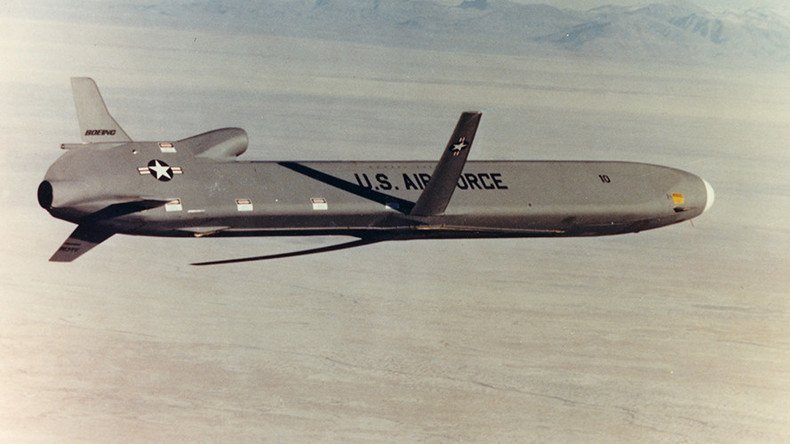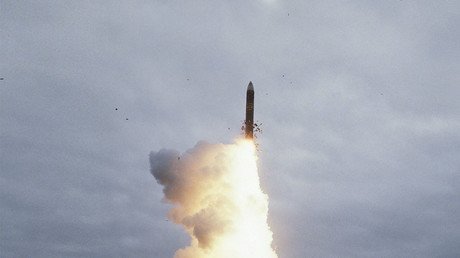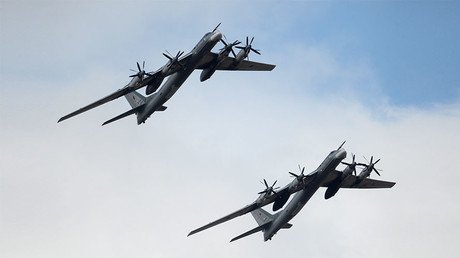Lockheed & Raytheon to develop new US nuclear cruise missile – Pentagon

The US Air Force has awarded two $900 million contracts to design the next nuclear-capable cruise missile, as part of the nuclear modernization push estimated at over $1 trillion.
Lockheed Martin and Raytheon were chosen to research and develop the new Long Range Stand-Off (LRSO) weapon, the Air Force announced Wednesday.
“This weapon will modernize the air-based leg of the nuclear triad,” Air Force Secretary Heather Wilson said in a statement.
The two military industry conglomerates were given 54 months to “mature design concepts and prove developmental technologies” for the LRSO. At that point, the Air Force will pick one of them to proceed with the engineering, manufacturing and development phase, sometime in fiscal year 2022.
Russian Air Force uses newest Kh-101 missile on ISIS positions https://t.co/mjjSvgsN2Ypic.twitter.com/yTaW33yzRX
— RT (@RT_com) July 5, 2017
The push to develop a next-generation missile has gained urgency since Russia unveiled its KH-101 Raduga standoff weapons last month, using bombers to launch missiles at Islamic State (IS, also known as ISIS) targets in Syria.
The LRSO is supposed to be launched from USAF bombers, such as the B-52, B-2 and the B-21, which is still on the drawing board at Northrop Grumman. It is intended to replace the existing AGM-86B air-launched nuclear cruise missile (ALCM), designed by Boeing and in service since the early 1980s.
Boeing was “disappointed” to have lost out on the contract, spokeswoman Deborah VanNierop said told Bloomberg an email. “We look forward to learning more from the Air Force regarding the decision.”
Meanwhile, Lockheed executives were pleased by the award.
“Lockheed Martin’s proven experience in cruise missile and strategic systems technologies will provide the most reliable, capable, sustainable and affordable program in defense of our nation and our allies,” David Helsel, Lockheed’s LRSO program director, told Defense News.
Boeing will still get a piece of the nuclear modernization pie. Earlier this week, the Air Force awarded the Seattle-based company a development contract for a new intercontinental ballistic missile (ICBM), to replace the ground-based Minuteman III. The other contract went to Northrop Grumman.
President Donald Trump has embraced the push to modernize the US “nuclear triad,” which was originally floated towards the end of the Obama administration. While estimates by Congress and the Pentagon have put the price of modernization at around $1 trillion, the Arms Control Association recently projected the potential cost could reach as much as $1.46 trillion by 2047. The Congressional Budget Office (CBO) is still working on its first 30-year projection.
Democrats on Capitol Hill have opposed the LRSO, arguing that it was too expensive and starved shipbuilding and readiness programs of the necessary funds. House Armed Services Committee ranking member Adam Smith (D-Washington) argued in March that the US had more than enough nuclear weapons to deter aggressors, according to The Hill.
Meanwhile, Senate Foreign Relations Committee member Ed Markey (D-Massachusetts) and other Senate Democrats introduced a bill that would cap LRSO funding at 2017 levels until the Trump administration presents a finalized nuclear posture review.














